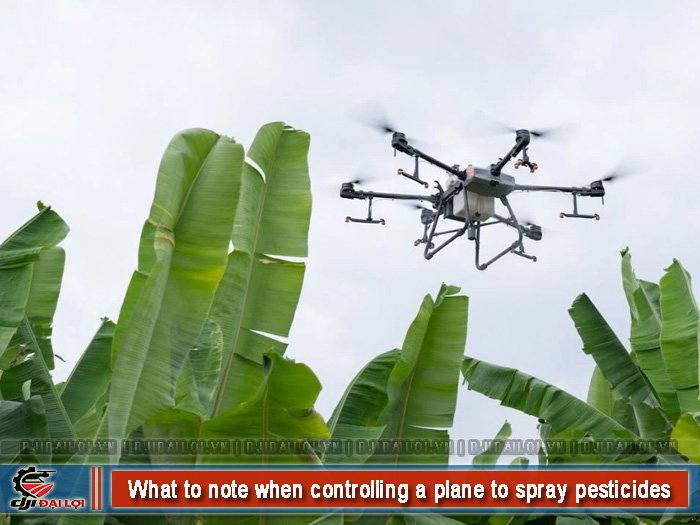
In recent years, rice-spraying drones have been widely adopted in the Mekong Delta, Southeast, and Central Highlands as a breakthrough in smart farming. Yet behind this technological promise lie significant risks: operational accidents, equipment failure, environmental contamination, or even legal penalties. Several incidents of poisoning and unauthorized aerial spraying have been reported, emphasizing the need for proper training and compliance.
Drone operators must understand both the technical and legal aspects of aerial spraying to ensure safe, effective, and lawful operations.
Operating a spraying drone isn’t just about remote control—it requires mechanical knowledge, pesticide handling expertise, environmental awareness, and legal understanding.
Agricultural drones can cost 150–400 million VND. Many owners self-operate after minimal training, leading to:
A 2024 Can Tho report recorded 12 drone crashes in two months, mainly caused by user error and poor maintenance.
Over-spraying or flying too low can spread chemicals to homes, ponds, and vegetables, causing allergic or respiratory reactions.
A 2023 Plant Protection Institute study found pesticide residues 2.4× above limits in vegetables near incorrectly sprayed fields.
Operating unregistered drones in provinces such as Long An or Dong Nai can result in:
Incorrect speed, flow rate, or spacing causes uneven coverage—leading to burnt leaves or pest survival, requiring costly re-sprays.
Many assume drones “spray automatically,” neglecting wind checks or calibration—one of the most common causes of failed early-season sprays.
A farmer in Dong Thap reported losing 17 million VND replacing a motor after spraying with a clogged nozzle.
Improper altitude adjustment in Vinh Long caused pesticide runoff, reducing yield by 30–40%.
In An Giang, a nearby household reported allergic reactions when the drone’s spray drifted during a wind shift.
Incorrect spray calibration leads to 12–18% pesticide loss per hectare, according to regional Plant Protection data.
|
Item |
Inspection details |
|---|---|
|
Battery |
Fully charged, not swollen or overheated |
|
Nozzles |
Clear, no leaks or blockages |
|
Hoses |
Secure, no kinks or cracks |
|
Sensors |
Functional, no software errors |
|
GPS / Map |
Route planned, no restricted zones |
|
Weather |
Avoid wind > 3 m/s or temperature > 35 °C |
|
Controller |
Stable connection, firmware updated |
|
Documents |
Permits and local notifications (if required) |
Some provinces (e.g., Dong Nai, Hau Giang) require prior notice to local authorities before spraying operations.
Operating a rice-spraying drone represents a major step in smart farming but demands strict attention to technical, legal, and safety factors. Negligence can lead to equipment loss, legal penalties, or community health issues.
Every flight is both an opportunity and a risk—success depends on preparation and responsibility.
Yes, compact drones (10–16 L tanks) work well for 0.5–2 ha fields if flight paths are properly adjusted.
High temperatures cause rapid evaporation, reducing effectiveness and risking leaf burn.
Before spraying near populated, road, or sensitive areas (schools, water reservoirs).
Plan flight routes in advance, check wind, and set appropriate speed and flow rate for each crop stage.
Weak batteries, broken propellers, GPS loss, or faulty terrain sensors — always inspect before every flight.